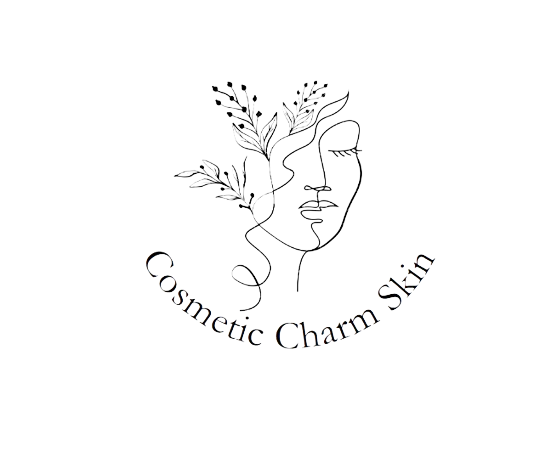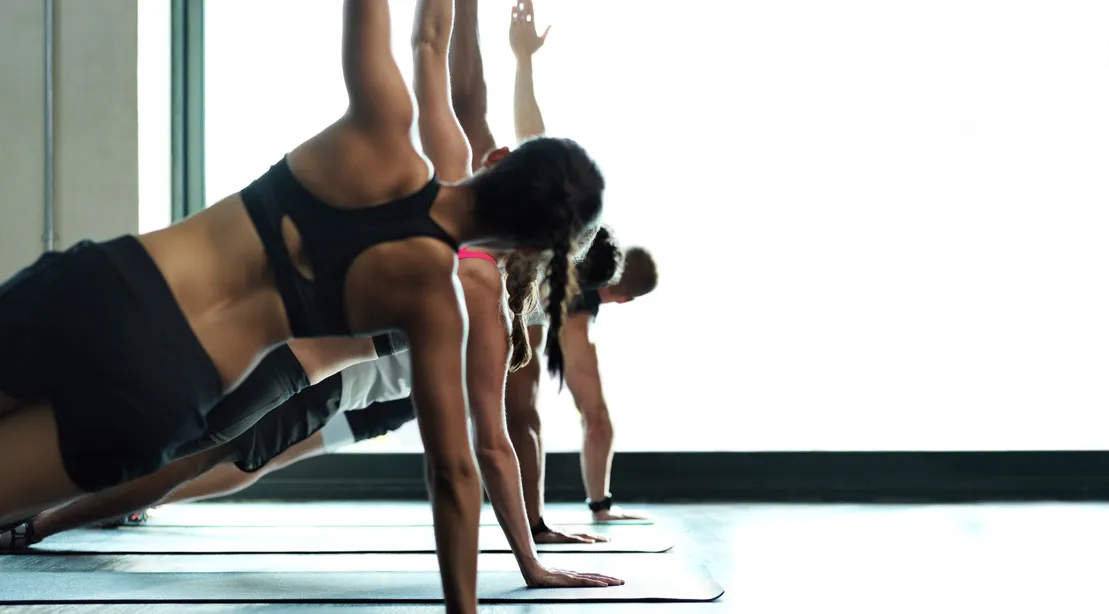In the pursuit of fitness goals, we often focus on aspects like workout intensity, nutrition, and recovery. However, there’s one crucial factor that’s frequently overlooked: posture. Your posture, the way you hold your body while sitting, standing, or moving, plays a significant role in your fitness performance and overall well-being. In this blog post, we’ll explore the importance of posture and how it impacts your fitness journey.
II. Understanding Posture
Definition of Posture: Posture refers to the alignment and positioning of your body parts in relation to each other and the surrounding environment. Good posture involves maintaining a neutral spine, balanced pelvis, and relaxed shoulders, while poor posture often involves slouching, forward head position, and uneven weight distribution.
Common Causes of Poor Posture: Factors such as a sedentary lifestyle, prolonged sitting, improper ergonomics at work, and muscular imbalances can contribute to poor posture over time. Additionally, habits like constantly looking down at smartphones or computers can also affect posture negatively.
III. The Impact of Posture on Fitness Performance
Alignment and Muscle Engagement: Proper posture ensures that your muscles are aligned and engaged optimally during exercise, leading to more efficient movement patterns and better muscle activation. This, in turn, enhances your strength, power, and overall athletic performance.
Injury Prevention: Maintaining good posture reduces the risk of injuries during workouts by promoting proper biomechanics and distributing forces evenly throughout your body. Poor posture, on the other hand, can lead to imbalances, joint strain, and overuse injuries over time.
Breathing Efficiency: Posture affects your breathing mechanics, with good posture allowing for optimal lung expansion and airflow during exercise. By maintaining proper alignment, you can maximize oxygen intake and improve endurance during workouts.
Performance Optimization: When you prioritize good posture in your fitness routine, you’ll notice improvements in strength, flexibility, and coordination. By aligning your body correctly, you can generate more power, move with greater ease, and achieve better results in your workouts.
IV. Posture Assessment and Correction Techniques
Self-Assessment: Conduct simple tests to evaluate your posture, such as standing against a wall to check for alignment of your head, shoulders, hips, and feet. Take note of any areas of tension or discomfort that may indicate poor posture habits.
Corrective Exercises: Incorporate specific exercises into your routine to strengthen weak muscles, stretch tight muscles, and improve overall posture. Examples include planks, rows, bridges, and stretches targeting the chest, shoulders, and hip flexors.
Ergonomic Adjustments: Make adjustments to your workstation, exercise equipment, and daily habits to support better posture. This may include using an ergonomic chair, adjusting the height of your computer monitor, and taking regular breaks to stretch and move throughout the day.
V. Integrating Posture into Your Fitness Routine
Warm-Up and Cool-Down: Start and end your workouts with posture-focused exercises to prepare your body for movement and promote recovery. Include dynamic stretches, mobility drills, and activation exercises to reinforce good posture habits.
Mind-Body Connection: Cultivate mindfulness and body awareness during exercise to monitor and correct your posture in real-time. Focus on maintaining alignment, engaging the core, and relaxing tense muscles to optimize movement efficiency and prevent injury.
Seeking Professional Help: If you’re struggling with persistent posture issues or recurring injuries, consider consulting a physical therapist, chiropractor, or certified personal trainer for personalized assessment and guidance. They can provide tailored recommendations and corrective strategies to address your specific needs.
Takeaway
Posture is not just about standing up straight—it’s about optimizing your body mechanics, reducing injury risk, and maximizing your fitness potential. By paying attention to your posture and incorporating corrective strategies into your fitness routine, you can enhance your performance, prevent injuries, and move closer to achieving your fitness goals. Remember, good posture isn’t just a position; it’s a journey toward better health and vitality.











